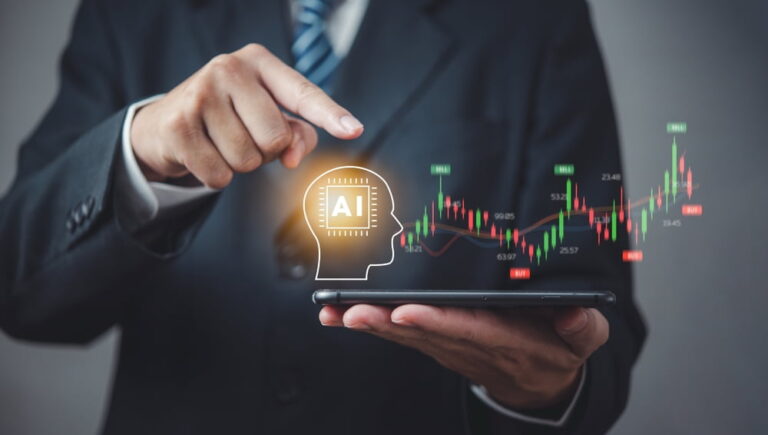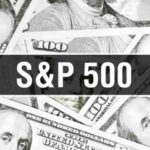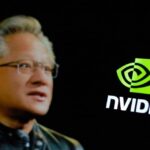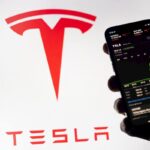A Wall Street analyst is warning that the artificial intelligence (AI) boom will likely collapse within the next two years, likening the current frenzy to the peak of the Dot-com bubble.
According to Gordon Johnson, AI is experiencing the same kind of spending that fueled the internet bubble in the late 1990s, particularly the speculative mania of 1999 TO 2000, he said in an X post on July 15.
The GLJ Research analyst argued that while the broader technology rally may continue in the short term, it is built on hype without sufficient real-world returns.
To this end, Johnson predicted that within 18 to 24 months, the AI trade will collapse as companies fail to demonstrate meaningful cost savings or new revenue streams to justify the billions invested.
“Dot-com was 95 to 02. But the stupid spending was 99, 00, 21. We are spending pretty stupid now. Most likely, 18 to 24 months from now it all comes crashing down. However, at present, all the (really smart money guys) agree it’s a bubble,” Johnson said.
AI’s turning point
He believes the turning point will come when AI products cause high-profile failures, such as software that catastrophically breaks core functions or provides illegal financial advice on a systemic scale.
Despite the enthusiasm surrounding AI’s long-term potential, Johnson said today’s technology remains more of a flashy novelty than a proven business driver.
In his view, until companies can reliably monetize these tools, markets will remain vulnerable to a severe correction once investors recognize the gap between hype and reality.
The analyst also cautioned that external shocks, such as tariffs or renewed inflation worries, could trigger the unraveling even sooner.
Chances of AI boom crashing
Indeed, some analysts have maintained that the current AI momentum may not replicate the Dot-com bubble burst, arguing that the two sectors operate on fundamentally different grounds.
For example, comparing early 2000s poster child Cisco (NASDAQ: CSCO) with AI leader Nvidia (NASDAQ: NVDA) shows that their stock trajectories are diverging, minimizing the chances of an AI sector crash.
One argument is that Cisco’s 1990s rally was hype-driven, while Nvidia’s rise is supported by real demand for its AI chips.
Featured image via Shutterstock









